What would all-out nuclear war have looked like 50 years ago? It would have been fought with thousands of missiles and jet bombers sortieing from hundreds of airbases controlled by teleprinters, conference calls and video-link. Data would have been assessed on giant white boards and summarized in face-to-face briefings. At least one vision of how it would have played out is depicted in the 1958 Strategic Air Command simulation of a central nuclear war with the Soviet Union, which you can view after the Read More.
Most viewers will be surprised to learn how many nuclear weapons it takes to “kill” a large country. It is a much larger number than the man in the street would think. SAC had an estimate of what it would take to finish the Soviet Union and as the simulation shows, had central nuclear war actually been fought at the height of the Cold War, it would have used quantities of firepower that would boggle the mind. American strategy was simple: nuke the enemy air and all its vestiges into ashes and then incinerate all of the country that remained.
It was terrible resolve and meant to be terrible. It was so terrible that only the language of religion seemed suitable to it. There was a mystical aura which surrounded the whole business of nuclear war, because it dealt with events that were literally unthinkable. Its actuality surpassed the power of the normal human mind to conceive. Its very scale made detail unimportant. Individual human fates simply vanished into insignificance amid reports of thousands of bombers launched, dozens of cities destroyed, tens of millions of people dead. This had an abstracting effect on the normally messy business of war. Strategy was tidied by the simplifying effect of the critical factors: times, distances and megatons.
The modern intellectual will probably feel a visceral horror at the idea that such strategies and devices once existed upon a time, a horror that may only be tempered by the possibility that he owes his physical existence to the strategy’s success — up until now, for the devices which existed still exist and the potential for far greater weapons is easily within reach.
The men who produced the simulation unwittingly left a testimonial to their greatest achievement, which, in retrospect, at least rivals the achievement of the Greatest Generation. It was the generation that successfully did not fight their war. We have not had a general war in nearly three generations. In the last reel, one of the fictional generals says, “we failed in our primary mission, but succeeded in our secondary mission, that of destroying the enemy.” In actuality, their achievement was far greater. By luck or skill, they led us through the valley of the shadow of death to the 21st century.
They did it in part by staring unblinkingly at the facts; by refusing to boggle at incredible quantities and incalculable dangers and refusing to hide them. The men of 50 years ago all knew that to keep war in bounds you had to keep death plainly in sight. You had to leave a giant memento mori, in the shape of a special colored phone, on the President’s and Premier’s desk. A reminder against the possibility they might forget and grow proud; when sweet words like R2P and kinetic military action, not terrible war, would creep into their speech. Deterrence succeeded in part because it never lost sight of what the professionals always knew: the root of war was in the heart of man. It was never in the weapons.
http://www.youtube.com/watch?v=PkPbz53u1Ds&feature=grec_index
“No Way In” print edition at Amazon
Tip Jar or Subscribe for $5



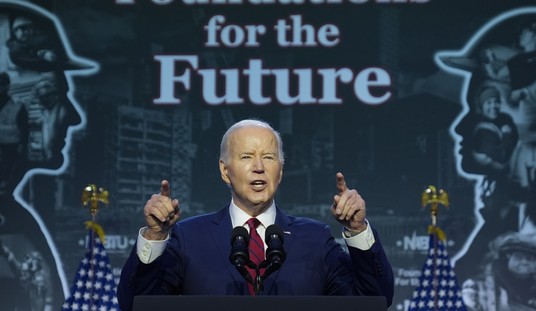

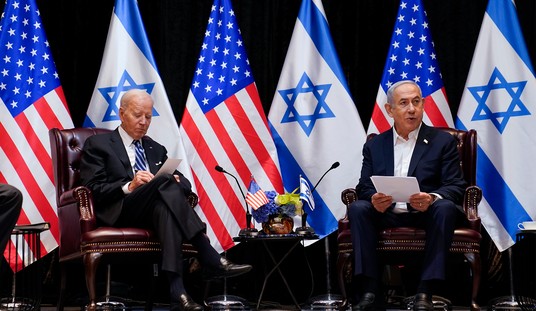
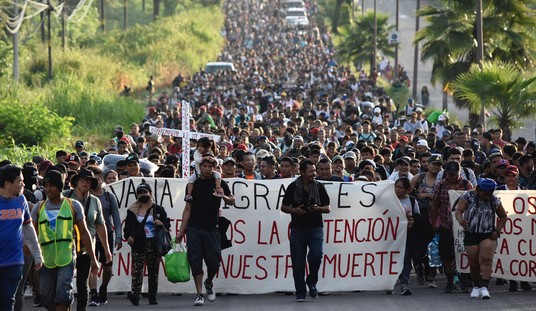
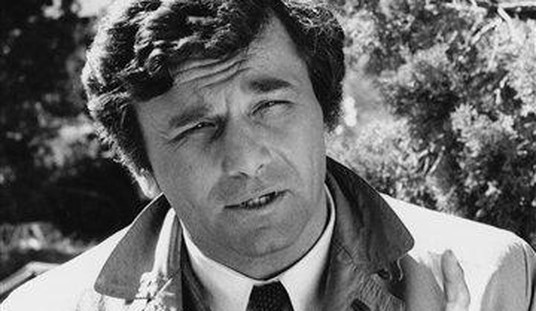
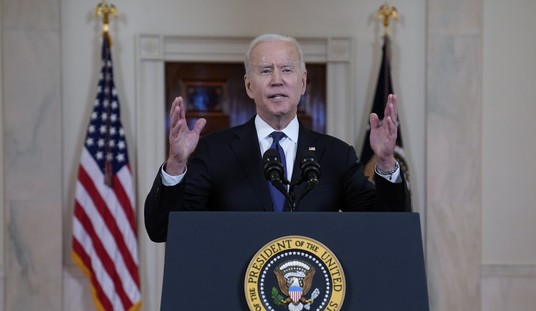
Join the conversation as a VIP Member